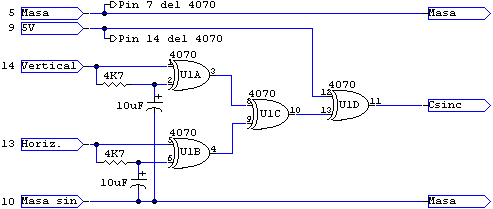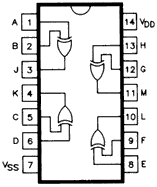Hello All!
OK, I am about to make a custom cable in order to connect a
Sony PVM-2030 (with 25pin connector) to a modern PC's VGA (15pin), and use MAME and other emulators (currently I am connecting my Commodore 1084S-D1 and it looks great!)
The VGA to 25pin schematic table is as follows:
http://www.flickr.com/photos/48901682@N02/7588179296/in/photostream/lightbox/The table comes from this forum post, however the actual diagram is INCORRECT:
http://nfggames.com/forum2/index.php?topic=4028.0I was determined to make a CORRECTED diagram, so I made this diagram instead:
http://www.flickr.com/photos/48901682@N02/7588180386/in/photostream/lightbox/The question that I have is this:
In the original table, it states that pins
15 to 24 are GROUND (corresponding to pins 6,7,8,10 on Sony's 25pin connector in the back). Do I need 10 (ten!) cables to ground these pins?
I can solder pins 6, 5, 4, 3, and 11 (R, G, B, H-Sync, V-Sync) but I am not sure about Ground pins.
Would you kindly let me know what pins (how many cables!) I need to ground?
also why the person who posted this table (RGB32E), states that: "The only pin you could optionally ground is pin 2 - audio select."
Any help regarding grounding those pins are much appreciated!










